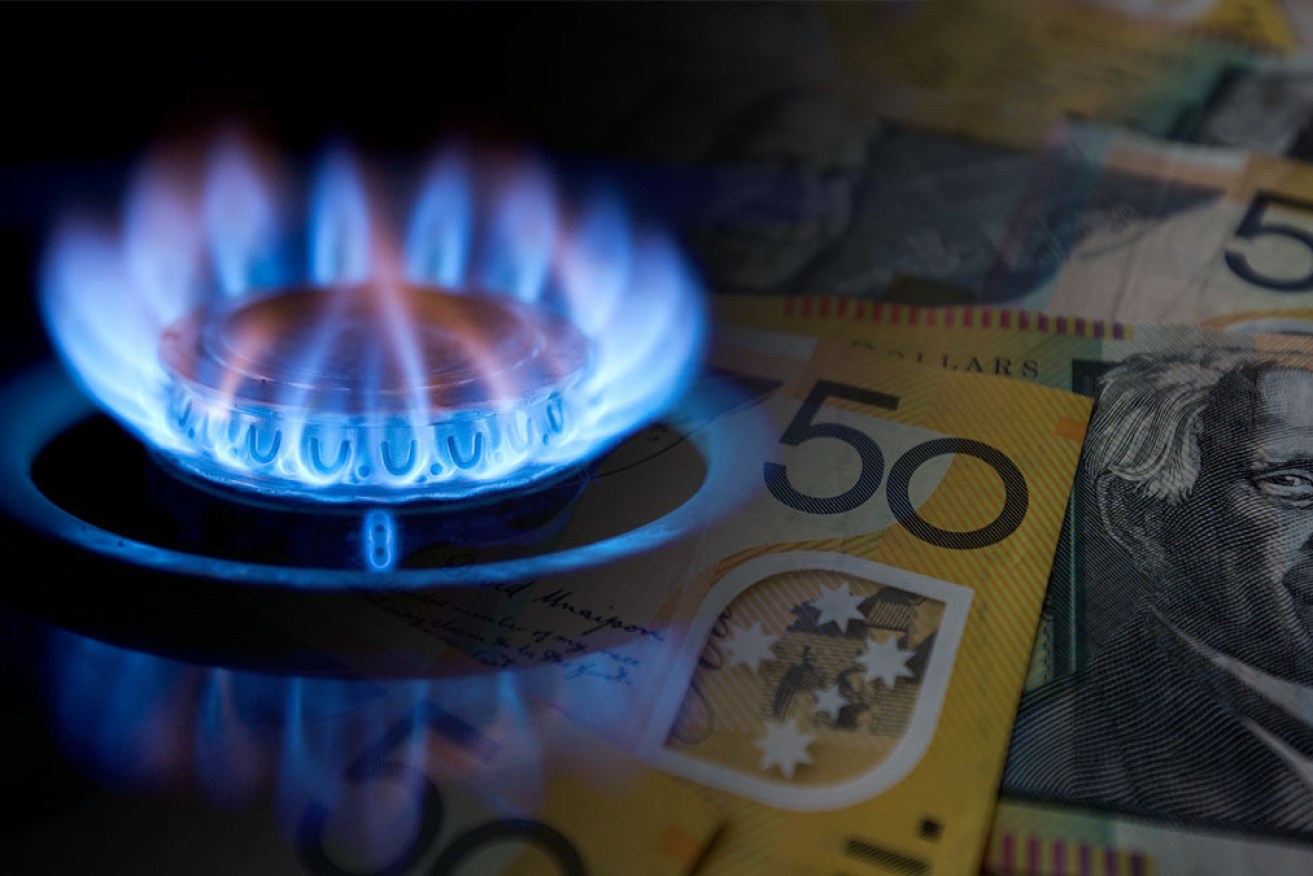Australian gas prices set to rise as Asian market soars


Gas prices are expected to spike this year in response to movements in global markets. Photo: TND
Australian consumers look set to pay much more for gas in the future as prices spike dramatically in both the local and export markets.
New research from analysis group EnergyQuest shows that prices in the east coast gas market, where most Australian consumers source their gas, have risen from an average of $4.66 a gigajoule (Gj) last July to $14.45 a Gj in July this year – a staggering rise of 310 per cent.
Meanwhile, the Asian export market, where the vast majority of gas produced in Australia is sold, is experiencing even bigger price rises.
The average price there in July was $20.30 a Gj – more than 6.6 times greater than the previous July average of $3.06 a Gj.
And despite what you might think, the massive jump cannot be blamed solely on the effects of worldwide coronavirus lockdowns.
“Some of it is due to lockdowns, but mostly it is caused by hot weather in many parts of Asia which resulted in the heavy use of air conditioning,” said EnergyQuest CEO Graeme Bethune.
The rapid rise in Asian gas prices will mean increased prices for Australian consumers over time.
Both are in what is known as ‘the spot market’ – the price you would have to pay to buy gas in those markets today.
“Most of the gas used in Australian households is under contract so anybody negotiating new contracts will end up having to pay a higher price than they did before,” Mr Bethune said.
Movement on prices
Those rising prices are already starting to be felt with Origin Energy recently telling customers they would be paying as much as 11.4 per cent more for their gas in NSW, 8.9 per cent more in the ACT, and 2.2 per cent more in Queensland from July.
Rising offshore prices will influence the way in which the Australian Competition and Consumer Commission (ACCC) assesses price increases in the local market.
“Those international prices go up so suddenly [that] the ACCC benchmark LNG [liquid natural gas] price will shoot up as well to $11, $12 or $14 a gigajoule,” Mr Bethune said.
But the ACCC is something of a bystander in the gas market. Rather than regulating prices, it simply monitors them alongside the functioning of the market and then reports on this to the government.
So if domestic prices were to rise beyond the ACCC’s benchmarks, then it could call on the government to take action after the review it is currently running is completed.
But it’s worth noting that the ACCC made the wrong call on gas prices earlier this year. In February it said large increases at the beginning of the year were unlikely to be sustained.
“Recent large increases in the ACCC’s LNG netback price series are for supply in the early months of 2021 into Asian centres during their winter,” the regulator said.
“Over the longer term, the LNG price expectations for the remainder of 2021 and 2022 are much lower.”
Mr Bethune said what caught out the ACCC were the heatwaves in the Northern summer that caused uncharacteristically high demand.
“The ACCC is coming around to the view that it would be better to base their longer-term benchmark prices on oil prices, which are less volatile than LNG spot prices and most Australian LNG contracts are tied to oil rather than LNG spot prices,” Mr Bethune said.
Government can’t pull the price trigger
The only mechanism the Australian government has put in place to keep a lid on gas prices is not in a position to be used at the moment.
The Commonwealth has a voluntary mechanism that requires LNG exporters to put enough gas into the local market to prevent prices spiking but it is designed around the view that domestic price rises have been caused by rising export demand.
However, that is not what is happening at the moment.
“In July, exports weren’t particularly high and there was plenty of gas around,” Mr Bethune said.
 Despite that abundance of gas, the domestic price jumped significantly and could not be addressed by LNG exporters pumping more supply into the local market.
Despite that abundance of gas, the domestic price jumped significantly and could not be addressed by LNG exporters pumping more supply into the local market.
The EnergyQuest research also found that China, despite its trade dispute with Australia, actually bought record amounts of gas from the country over the 2020-21 financial year.
Australia exported a record 30.7 million tonnes to China over the year which was worth about $15.6 billion.
“The previous record was 28.6 million tonnes in 2019-20. Deliveries from Australia increased last year by 7.3 per cent notwithstanding trade tensions and China has now overtaken Japan as Australia’s largest LNG customer,” the report found.
Coal power is also continuing to slide with EnergyQuest reporting it accounted for only 64 per cent of total power generation in July compared to 67 per cent a year earlier.








